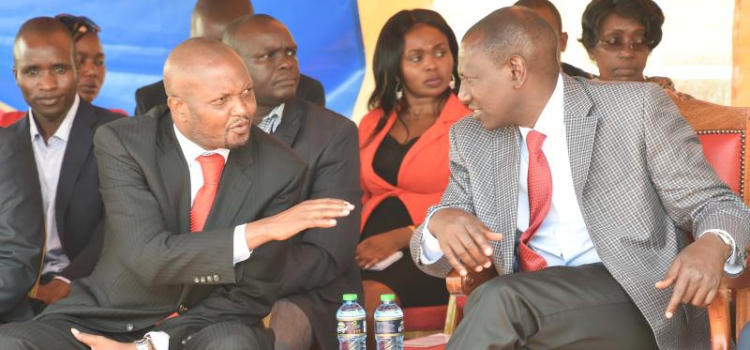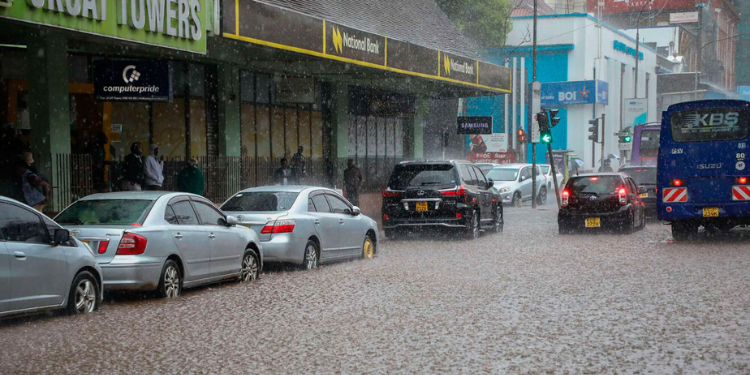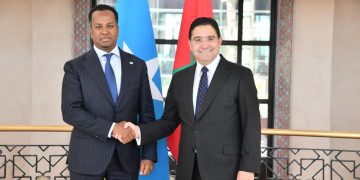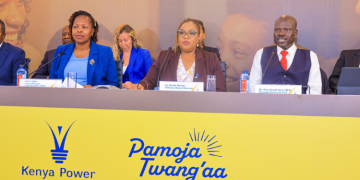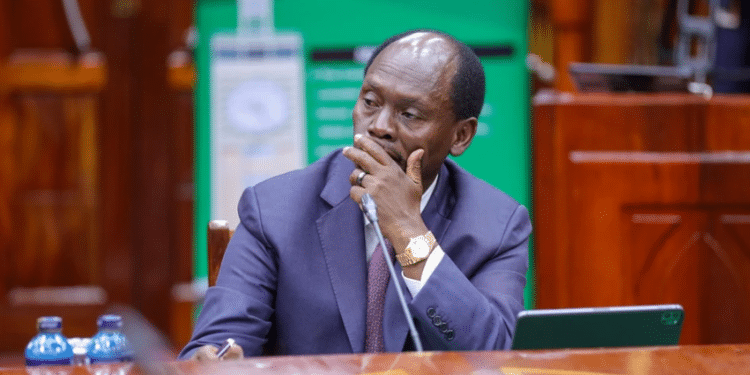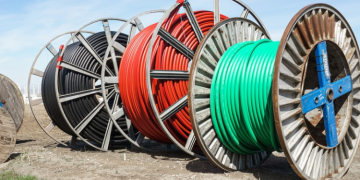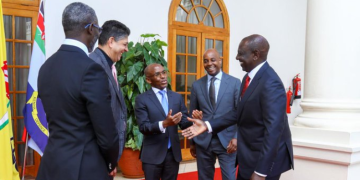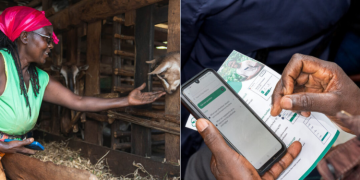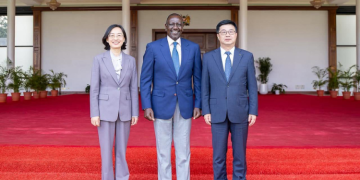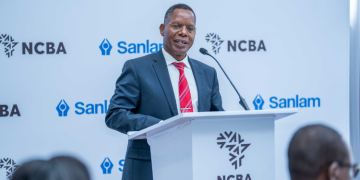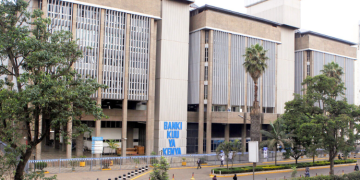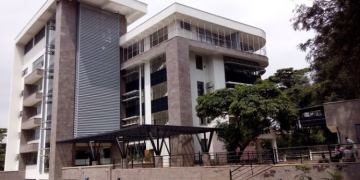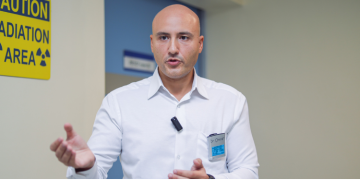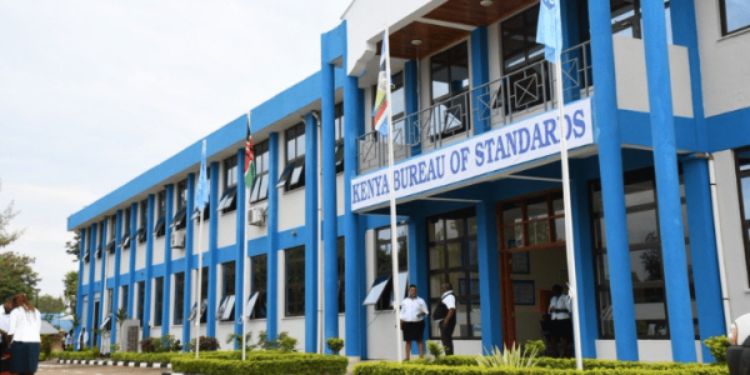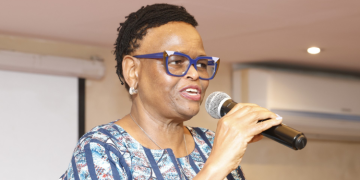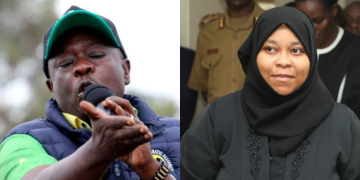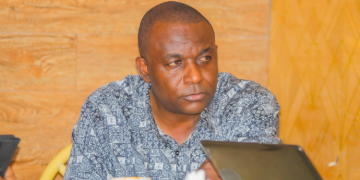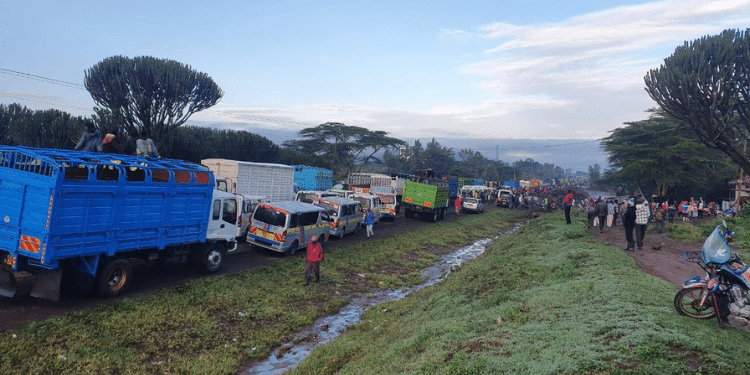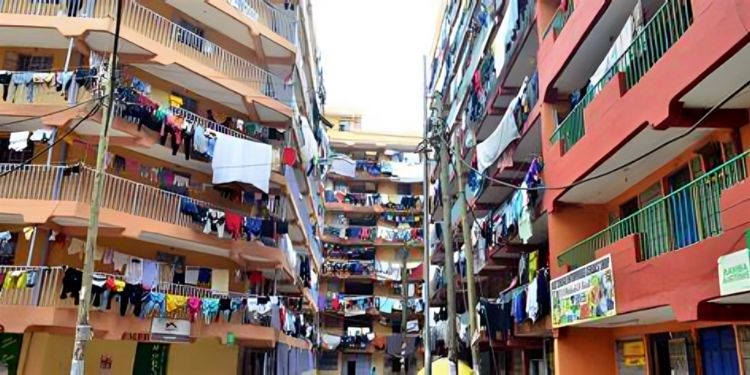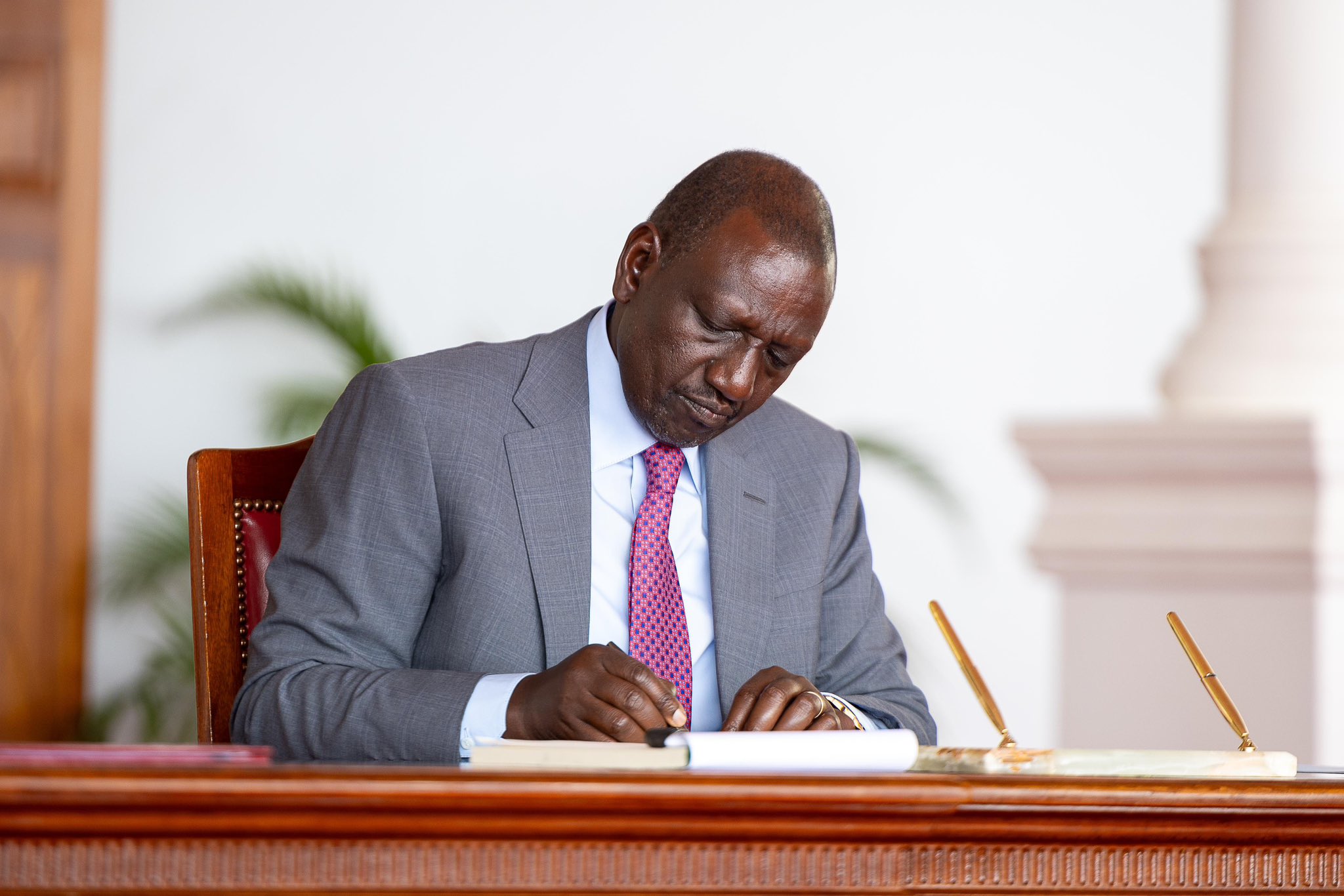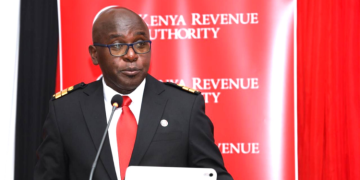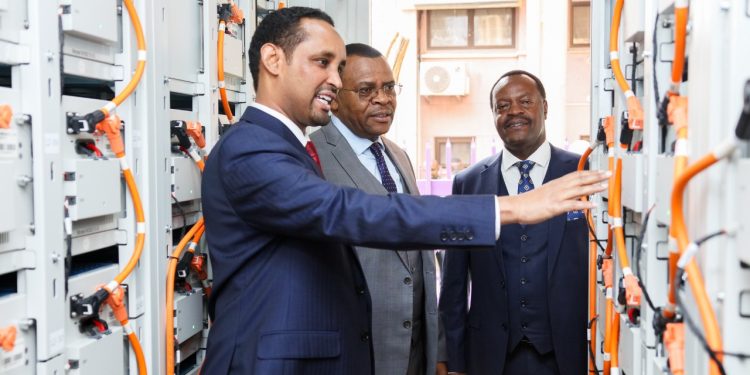KenGen’s recent launch of a 1.16 megawatt-hour (MWh) Battery Energy Storage System (BESS) in Nairobi came with all the typical trimmings of a milestone event. The system, installed to power a modular data centre located at KenGen’s headquarters, is meant to showcase how battery technology can play a crucial role in stabilising the region’s electricity supply and cutting carbon emissions in accordance with the many climate change mitigation treaties Kenya is a signatory to.
Under the Energy Transition & Investment Plan (2023–2050), electricity generation is expected to jump to 239.4 terawatt-hours (TWh) a year by 2050, most of which is supposed to be sourced from renewable sources. In the plan, storage is to play the central role in smoothing out the intermittency that comes hard-coded into wind, solar, & hydropower.
However, as anyone who has spent time in the energy sector knows, turning such ambitious roadmaps into an actual, reliable power system is far from straightforward.
Battery technology
All battery technologies being considered to counter the intermittency that dog inverter-based power sources have strengths & drawbacks. Pumped hydro, for example, can last for decades but needs very specific geography & water resources. BESS systems, similar to those KenGen has been implementing, can be deployed quickly & scaled in stages. However, not only do they degrade over time as a function of their charge cycles, they also require expensive replacements, all of which depend on global supply chains for components.
Also Read: Kenya Ranked Among Top Countries in Africa Energy Reforms
Flow batteries offer longer, deeper discharge cycles & longer lifespans compared to lithium-ion, but they remain expensive & depend on components not commonly found in Africa. Thermal storage can convert heat to electricity & thus has a hallowed place in industrial setups that produce process heat. However, retrofitting such into existing thermal plants in Kenya remains complex & costly.
In theory, a balanced mix of these options can make it work. In practice, however, the enormous capital costs & lack of access to the credit required to deliver them mean that most remain in the realm of science fiction.
While KenGen’s BESS project shows how storage can help with reliability, a country aiming to run entirely on renewable energy by 2050 will need not just dozens but possibly hundreds of such storage systems, supported by major grid upgrades.
The Energy Transition & Investment Plan postulates that a large share of funding for its goals will come from foreign investors & development banks. However, the investment case for storage in Kenya is not straightforward, as storage is currently not officially recognised in national grid codes as a core asset. This, in turn, means that there are no clear tariffs or revenue streams for services like frequency stabilisation, and without a predictable way to make money, private developers will be very cautious.
The local manufacturing of batteries, control systems, & cables is another issue often brandished as a solution in speeches & policy papers. But factories require consistent demand & supportive policies, both of which are lacking.
Local energy planners & policymakers need to be frank with the public. Despite the shrill and rather naive focus on the so-called renewables, the reality in Kenya and beyond is that thermal fossil fuel-powered plants & nuclear will remain the most reliable options for grid stability, let alone keeping the lights on when the wind drops, the sun sets, or drought reduces hydropower output to a trickle.
Fossil fuel plants can ramp up quickly to meet demand spikes, while nuclear, despite all its perceived & over-exaggerated shortcomings, offers a stable, low-carbon option that can be optimised via load following to meet the baseload demand.
Energy forecast
Kenya’s stated aim of bringing the latter online in the 2030s is also already under a cloud. The looming dissolution of the Nuclear Power & Energy Agency (NuPEA) without clear replacement structures sends a very poor signal to investors & partners, who recognize that political commitment is the first & most crucial step any country should take when embarking on a domestic nuclear power programme. Unfortunate reports of the non-renewal of contracts for the many specialized staff that are needed to facilitate the full transfer of Kenya’s nuclear power project from Kilifi to Siaya have only deepened the uncertainty.
Also Read: Why Kenya Needs Multiple Nuclear Power Clusters Built Back-To-Back in Coordination With Uganda
Without the prerequisite institutional stability, Kenya’s plans risk stalling. Like many African countries, it faces an energy trilemma: affordability, reliability, & sustainability. Push too hard on one & the other two can suffer. The country’s energy transition will not succeed on hope & roadmaps alone. It requires clear, realistic plans that address constraints head-on, making tough choices, investing large amounts, & political will to face uncomfortable truths.
If those decisions are delayed or avoided, Kenya risks building a house of cards that will take one or two mishaps to collapse on itself in a world where access to power is literally the line between life & death. As is the case with the other technologies that are characteristic of our modern age, hope is not a strategy.
Follow our WhatsApp Channel and join our WhatsApp Group for real-time news updates.


